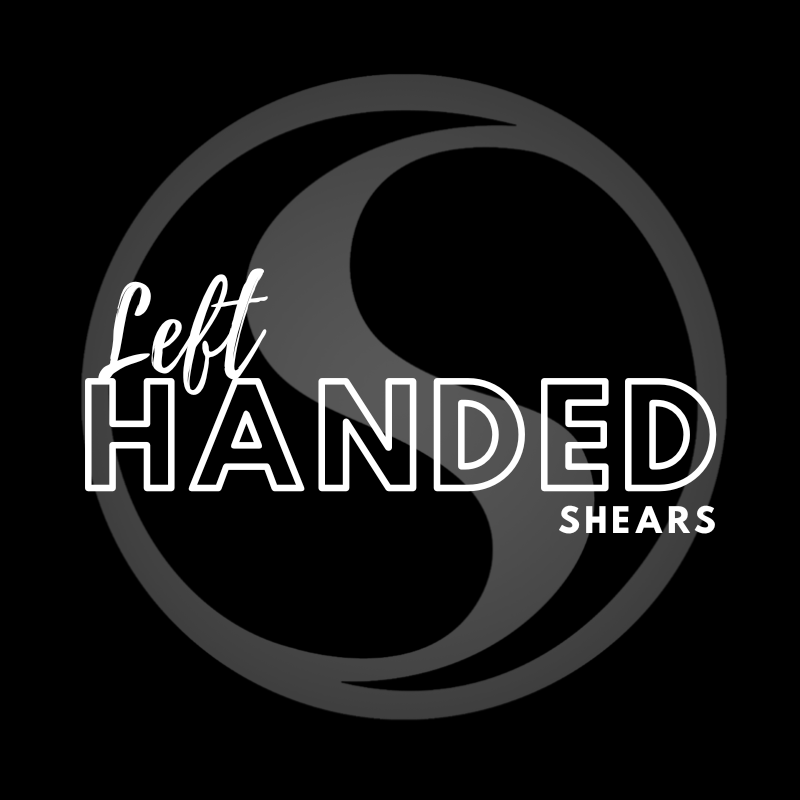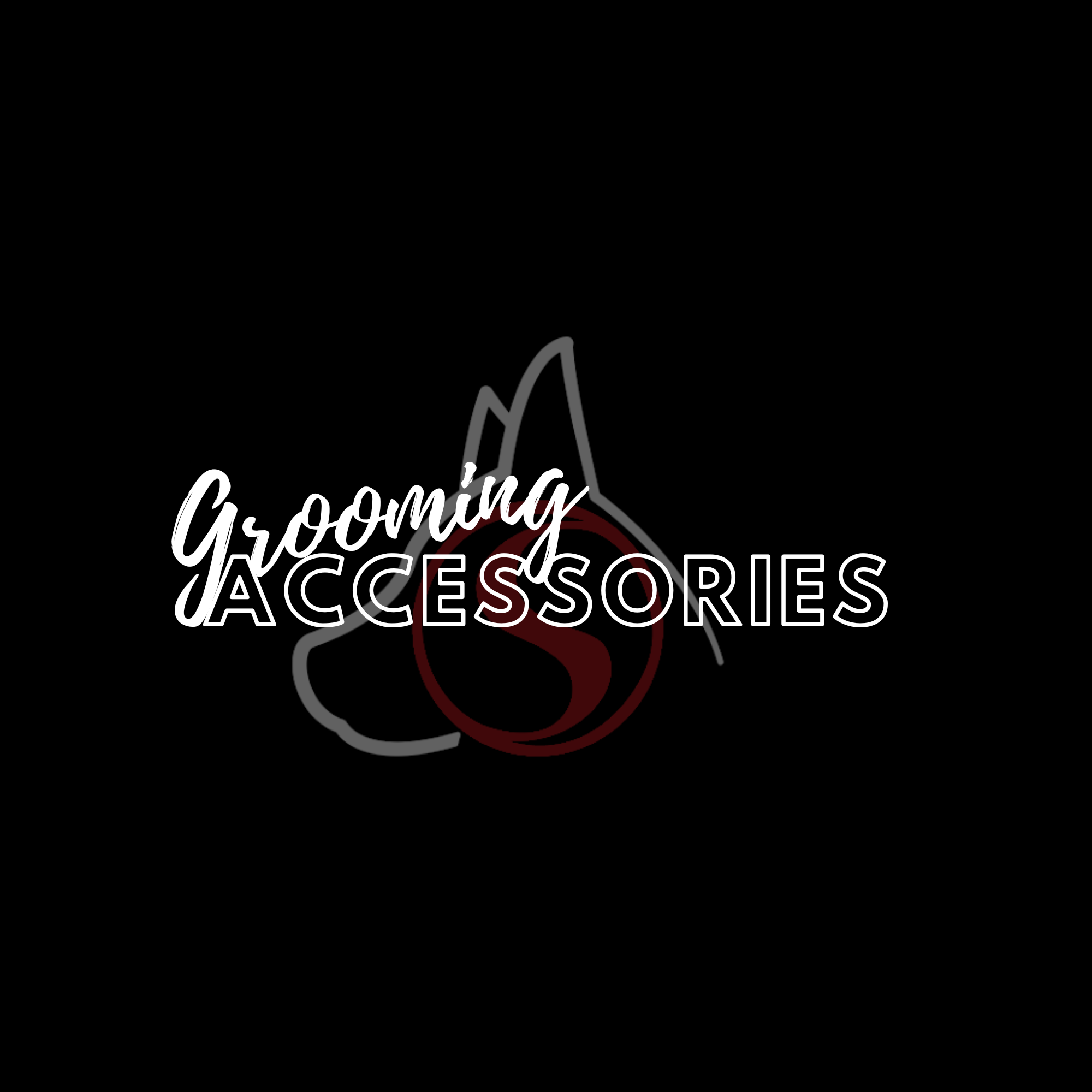How to Rescue a Matted Coat
What causes a matted coat?
Matting is something that primarily affects longer haired pooches with a specific kind of hair. Breeds such as Spaniels, Poodles and Bichon Frises are more commonly affected than other types. But a matted coat can happen to almost any dog in areas of high friction, such as where the harness or collar sits, armpits and legs.
Infrequently brushing and grooming the dog or leaving him muddy and wet after an outdoor trip can add to the build-up that eventually starts to clump up the hair.
Shedding is another contributing factor to matting. Not all dogs shed the same, but some have a fine, fluffy underlayer or a curly coat that is more prone to tangling whenever hair falls out – the shedding hair gets trapped in the coat and is retained by the other fur, forming a clump of hair and dead skin cells.
Why are they bad?
A matted coat doesn’t only leave dogs looking a little bedraggled, it can also be quite painful and unhealthy for the animal.
When humans get an uncomfortable tangle, we can sort out the problem with relative independence, but dogs don’t have opposable thumbs, so they rely on their owners for a solution. Sometimes, however, through a lack of understanding about what to look out for, dog owners can leave matted coats to compound for too long.
Dense tangles can cause pain and distress by cutting off circulation and ventilation to the skin. The clumps in the coat become enticing hosts for germs and organic matter to embed themselves in, this will eventually begin to irritate the skin and potentially result in sores which will start to emit an unpleasant odour.
When a dog gets to the groomer’s in such a condition, it can be a laborious and challenging job to salvage the coat; in some cases, the only salvation is to shave it all off. This may not be a great look for the canine customer and might be a considerably uncomfortable procedure to endure.
How to deal with matting
The essential key to a) improving the life of the dog, and b) making your job easier, is to educate the dog owner on how to maintain their trusty companion’s coat between visits to your salon.
Encourage them to use the right products and a suitable hairbrush to remove shedding fur and clean out any trapped debris. Suggest that the owner tries out supplements such as omega-3 or fish oil to help keep the coat shiny and soft.
If your client has arrived in a bit of a hairy state, however, you’ll need to find the best way of dealing with the matting.
Where to start
To save as much of the coat as possible, you’ll need the best possible products to moisturise and clean the fur intensively. You’ll require a high-quality conditioner and detangling spray to remove static and make the hair easier to part.
In some instances, however, you may not be able to go straight into a wash as the matting may be too severe. You will either have to clip, shave or shear the damaged fur off very carefully. Ensure that you have the necessary tools at the ready and that they are in perfect working condition to make the job is as easy, quick and pain-free as possible.
To find out what technique to use, first try to gently finger through the coat and see how dense the tangles really are.
Blow it out
Sometimes, a matted coat just needs to be loosened up. A high-velocity dryer can help to shake some of the debris out and untangle the hair.
Divide and conquer
Attempting to pull a brush or comb directly through a matted coat will be painful for the canine client and difficult for you, so use hair clips to divide the hair into sections and work your way through one part at a time. You want to carefully loosen up the hair by picking from the ends towards the skin. Eventually, you will be able to gently comb through and get the hair ready for shearing.
Prevention is better than cure
Depending on the severity of the mat, you will have to make the best decision for the client and discuss it with his or her owner. In situations where you can spot damaged skin or get an aggressive reaction from the dog when approaching a particular area, you may have to refer the customer to a veterinarian as the problem may be more complicated than anticipated.
Establishing a good rapport with the dog owner and ensuring that the pooch is a frequent visitor to your grooming salon, will help to keep the coat healthy and minimise any matting. Using the right tools and products will also go a long way to helping the dog feel comfortable and relaxed in your care.



















